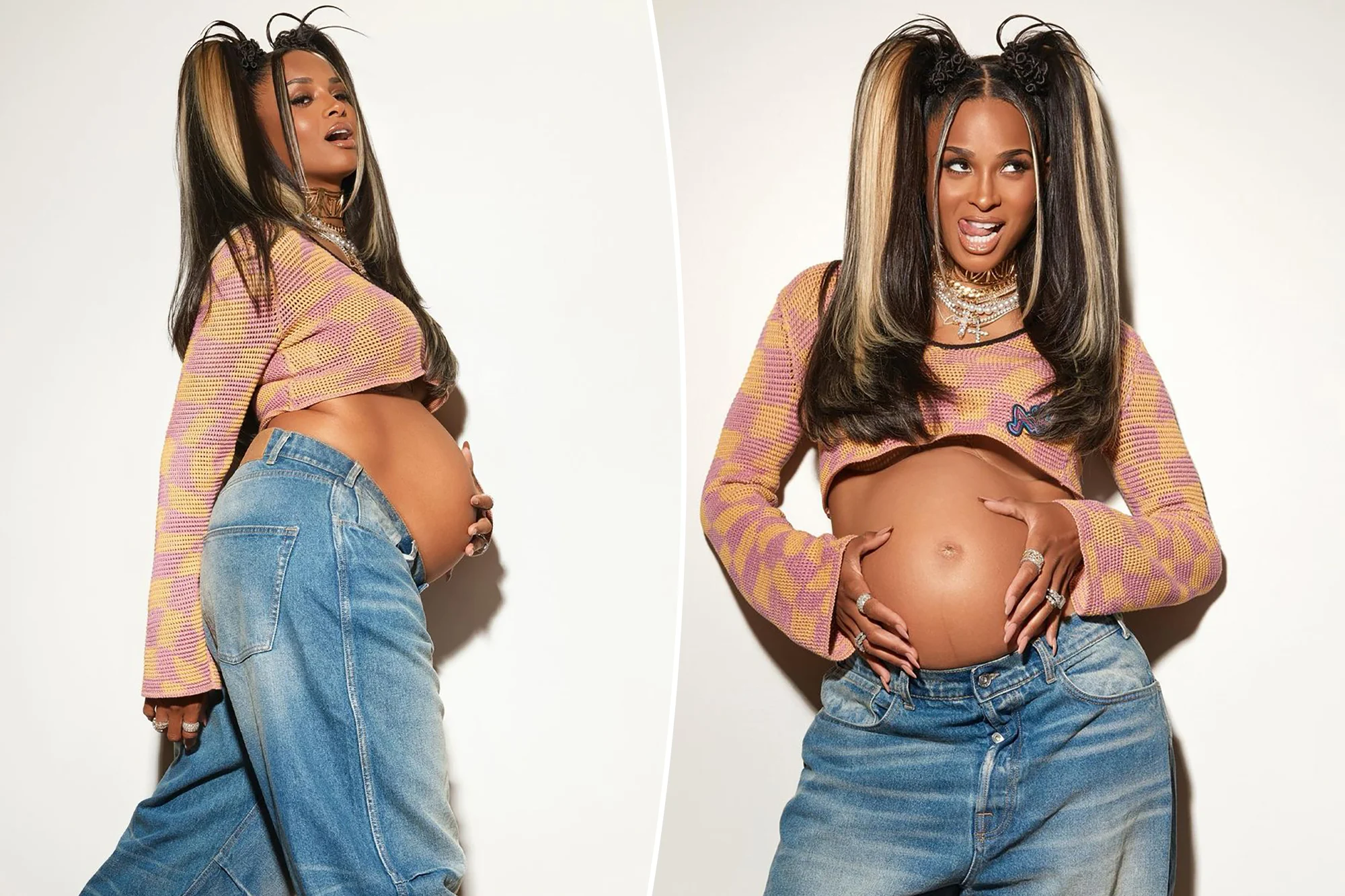Last week, I picked up my daughters and their friend from school, and we decided to swing by our favorite taco truck, conveniently located outside a car wash on Westwood and Santa Monica Boulevards. As we waited in line to place our orders, my daughter Mia spotted a homeless man heading our way.
He was tall, with wild, grey hair that hung down past his shoulders. His shirt was unbuttoned, revealing a red, blotchy chest that gave the impression of an old injury. His pants were rolled up at the ankles, exposing the discolored skin of his legs and the tops of his bare feet, which were crammed into loafers without socks.
Mia flinched at the sight. She’s always been particularly uneasy around the homeless population in Los Angeles, many of whom struggle with mental health issues or addiction. Her sensitivity to their unpredictability often makes her want to retreat at the first sign of discomfort.
When I saw him coming closer, I thought he might walk past us. I didn’t want his presence to derail our taco plans. I aimed to instill in my daughters my late grandmother’s wisdom: “Be cautious, but unafraid.” But then I realized he was headed straight for us.
What should I do? There was no time to ponder. I quickly scanned him for any weapons and found none. The crowd around us offered some reassurance, but I still felt a knot of anxiety in my stomach.
Taking a deep breath, I stepped forward to greet him. “Hello there, sir. Are you hungry? May I buy you some lunch?”
A look of relief washed over his face. “Yes, please, I’m really hungry.”
“What would you like?” I asked, and he confidently listed his order—two tacos and a large beef burrito, along with a Coke. It was clear this wasn’t his first time asking for help.
After placing his order along with mine and the girls’, I told them to wait in the car. They scampered off, though I could tell Mia still worried about me.
As I stood next to him waiting for our food, it felt awkward. My instinct was to create space, but it was clear that we were two strangers navigating this moment together. We didn’t talk—his mind was lost in a jumble of thoughts, while mine was hyper-aware of my surroundings.
This was more about survival than connection, until the moment I handed him his meal.
“Thank you very much,” he said, a hint of dignity in his voice.
“You’re welcome,” I replied, stepping back.
Then, with surprising grace, he said, “My name is Jake.”
The simplicity of his introduction caught me off guard and made me look him in the eye. In that fleeting second, I saw the humanity behind his circumstances, and my throat tightened as tears welled up. I pictured Jake as a baby, entering the world full of potential, just like any of us. I wondered about the series of events that led him to this path. I was undeniably luckier than he was.
That brief moment of mutual recognition, realizing we are both human and equally worthy, struck a chord within me.
“I’m Lydia,” I said softly.
“Thank you, Lydia. Goodbye.”
“Goodbye, Jake.”
He walked away with purpose, leaving me standing there, reflecting. I turned to see my daughters’ faces pressed against the car windows, taking in the whole scene.
This experience stripped away all my ambitions and ego, reminding me of what really matters: how we treat each other.
If you’re interested in more about home insemination, check out this other blog post here. For reliable information on artificial insemination, you can visit Make a Mom. And for excellent resources on fertility treatments, UCSF offers a wealth of information.
In summary, a simple encounter with a man named Jake taught me the importance of empathy and connection in our shared humanity. It’s easy to forget amidst our busy lives that the way we treat one another is what truly counts.
